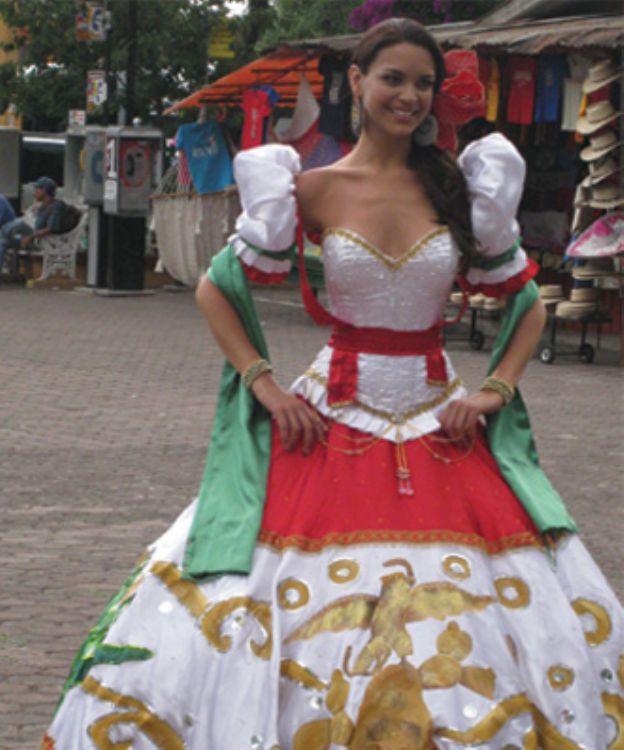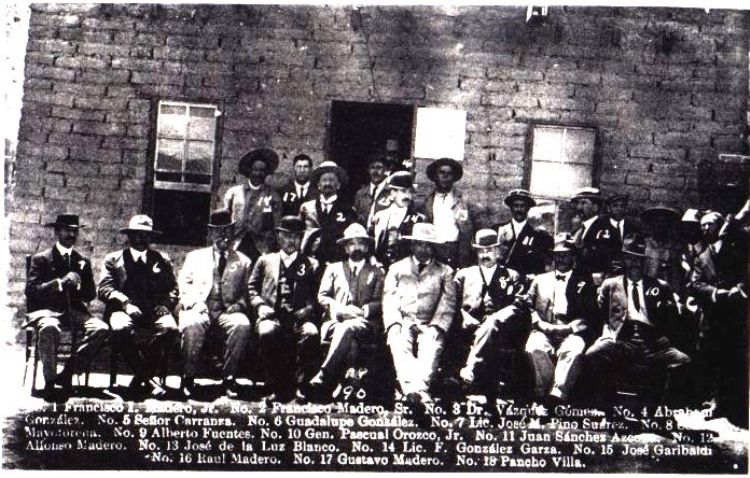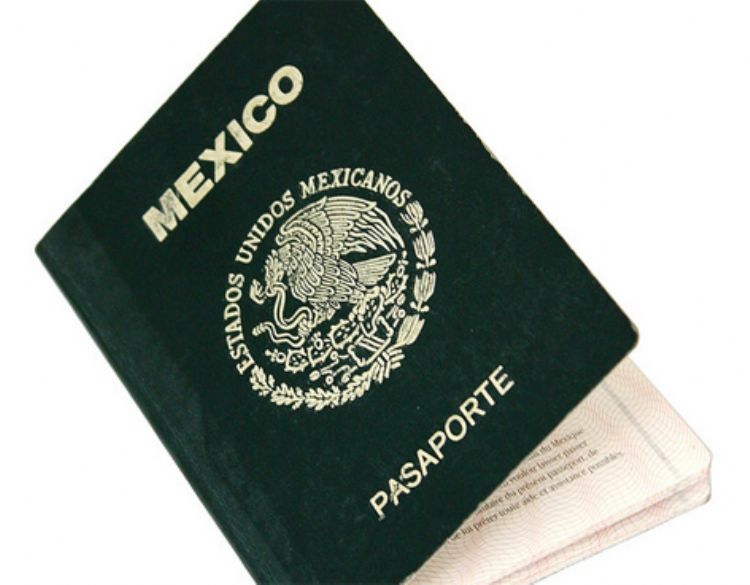The Legend of "China Poblana"

According to historians, in 1609 Princess Mirnha was born in India. One day while taking a stroll on the beach, she was made prisoner and taken to Manila in the Philippine Islands. The Marquis of Galves, Viceroy of Mexico, requested from the Governor of Manila âthe purchase of good looking and graceful slaves for his palaceâ. The princess was then quietly shipped to New Spain in 1620. She first arrived at the port of Acapulco on a ship from China, wearing an exotic dress with rich embroidery and sequins. It was the first time a woman with oriental traits was seen on this land and people began to call her âChineseâ, disregarding her Hindu origin.
She was bought by the Sosa family of Puebla, who baptized and educated her the Christian way with the name of Catarina de San Juan. They soon married her off to a Chinese slave, Domingo Suarez, who she despised and with whom she refused to lead a marital life.
Catarina became very popular for her beauty and peculiar Hindu dressing style, so other women started to imitate her, mixing her look with the local style, creating the typical outfit now known as China Poblana.
In 1624 Mirra regained her freedom, but this also left her out on the street. Priest Pedro Suarez rescued her, forcing her to live a humble ecclesiastic lifestyle until her death in 1688, at 82 years of age. At the Santa Catalina Convent she began to be worshipped as a sort of saint. In order to stop this adoration, the Holy Inquisition prohibited the reproduction of her portrait. The only memory of her left is in Puebla at the Church of the Company, in the form of a headstone over the mortal remains of Catarina de San Juan.
The traditional dress of China Poblana essentially consists of highly decorated shawl, blouse and slippers. The typical short-sleeve blouse is embroidered with bright sequins, the slippers are covered in green or red silk and the skirt has two sections: the upper in green silk and the lower with sequin embroidered flowers, birds and butterflies. Hair is typically brushed into two braids with a part in the middle and decorated with ribbons.
Many say the China Poblana legend is no more than that, but tradition has preserved this style and Mexican women have continuously worn it throughout the centuries.
Artículo Producido por el Equipo Editorial Explorando México.
Copyright Explorando México, Todos los Derechos Reservados.
Foto: esmas.com






